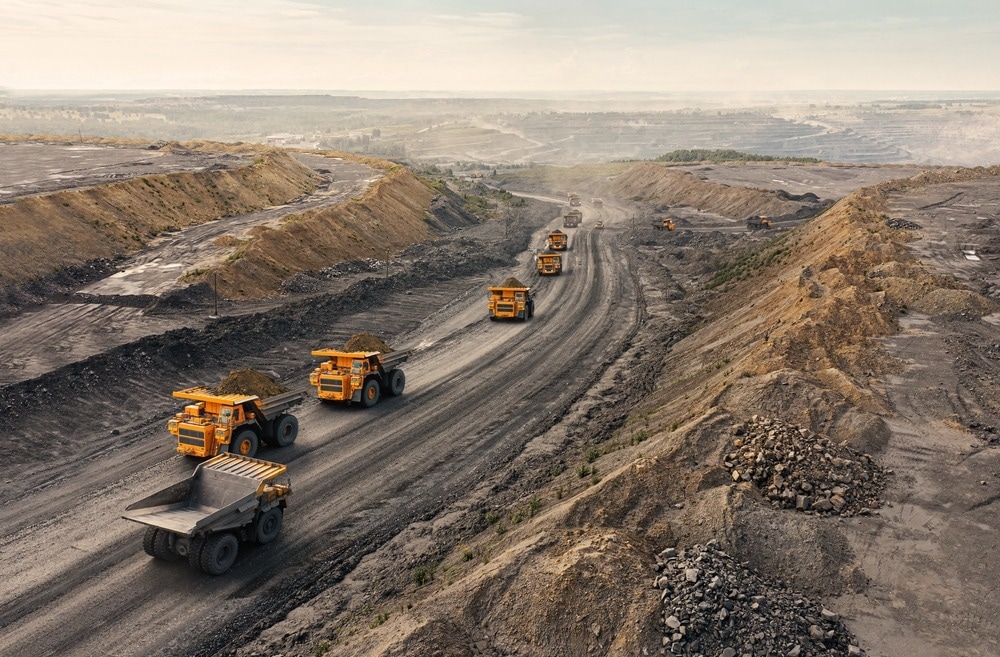Deep-South Resources Inc. (Deep-South or the Company) has announced a partnership with Ferrodrill Namibia (Pty) Ltd for the initiation of a drilling program on the Haib Copper project located in the southern region of Namibia.

Image Credit: Mr. Tempter/Shutterstock.com
Ferrodrill, a Namibian drilling contractor with a history of offering comprehensive drilling services since 2007, has catered to numerous companies across the spectrum, from exploration to major mining firms.
The agreement encompasses 5,000 m of diamond drilling. The planning and preparatory phases for drilling are progressing as scheduled, and the company intends to keep its shareholders updated on the program's timeline and full details in the near future.
The primary objective of this drilling campaign is to target the high-grade area of the deposit, which was initially identified by Deep-South in 2019. The original program aimed to drill up to 10,000 m in this area, with the first 5,000 m completed in 2021.
However, the program encountered an interruption when the Ministry of Mines and Energy of Namibia (the Ministry) declined to renew the Exploration and Prospecting Licence (EPL). This legal issue has since been resolved, and the license was renewed on July 7, 2023. Deep-South's objective is to finalize the remaining 5,000 m of drilling and subsequently move forward with a new resource estimation.
Previous drilling programs have indicated the existence of zones with higher copper grades, likely linked to near-vertical structures such as shears and faults within the broader mineralized areas of the project.
Historical vertical drilling may have overlooked these structures, resulting in an underestimation of the overall grade. To address this, our current drilling program employs inclined holes to identify and outline these structures and assess their connection to higher copper-grade zones.
The results from the initial 5,000 m drilled in 2021 seem to support this revised interpretation, revealing significant intersections with copper grades that are considered high for the Haib project. Furthermore, the presence of molybdenum has been confirmed, with elevated molybdenum grades associated with these structures and alterations.